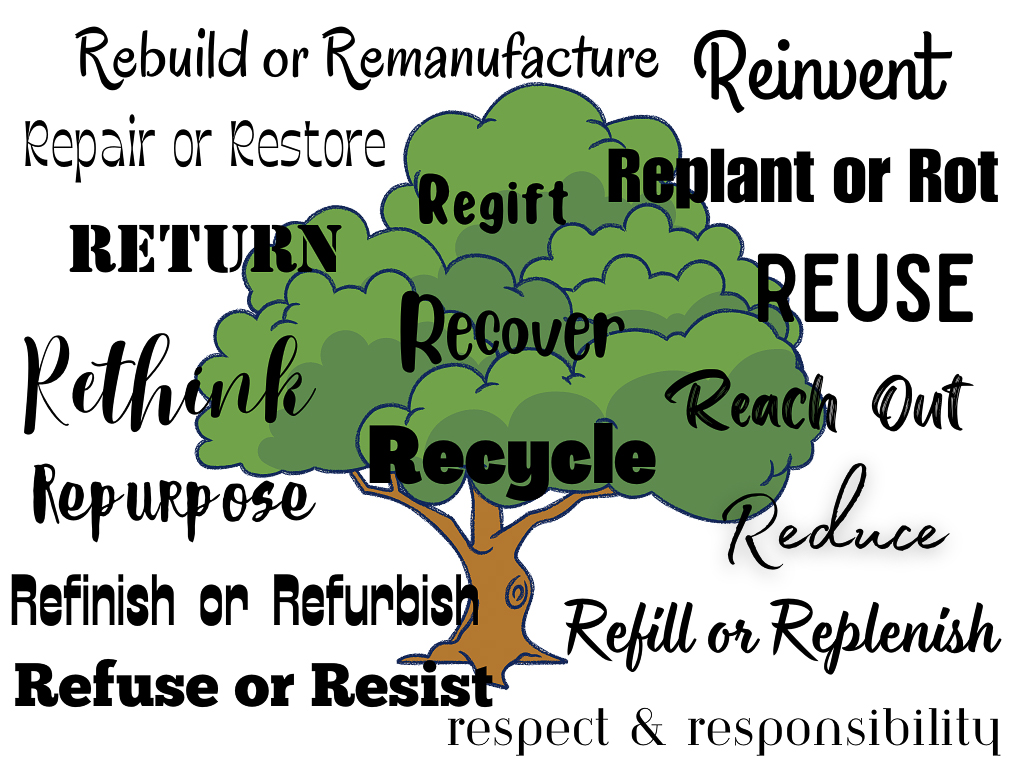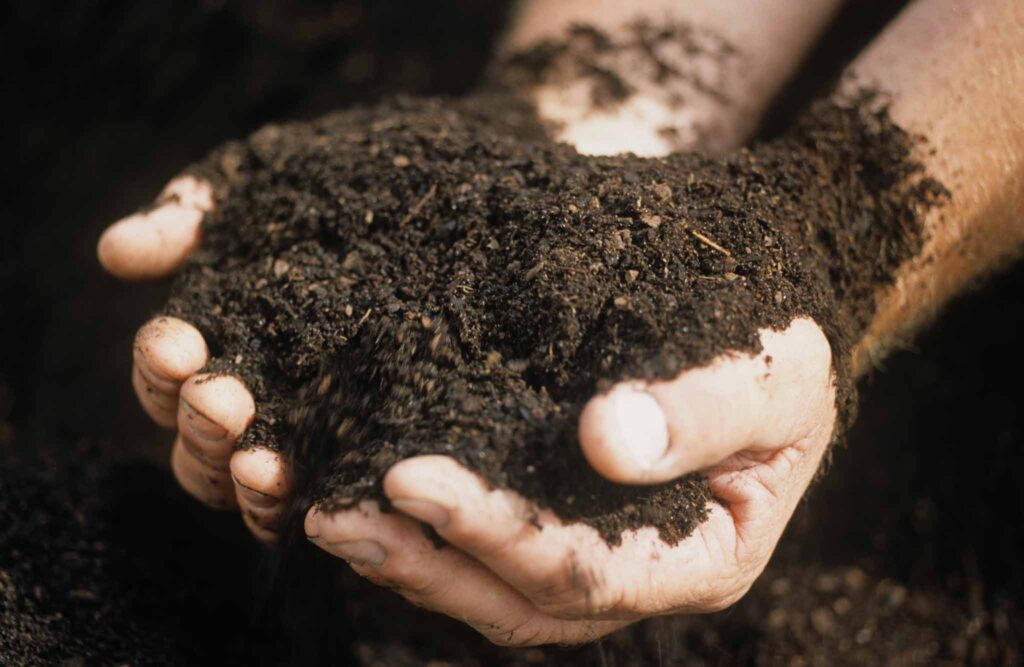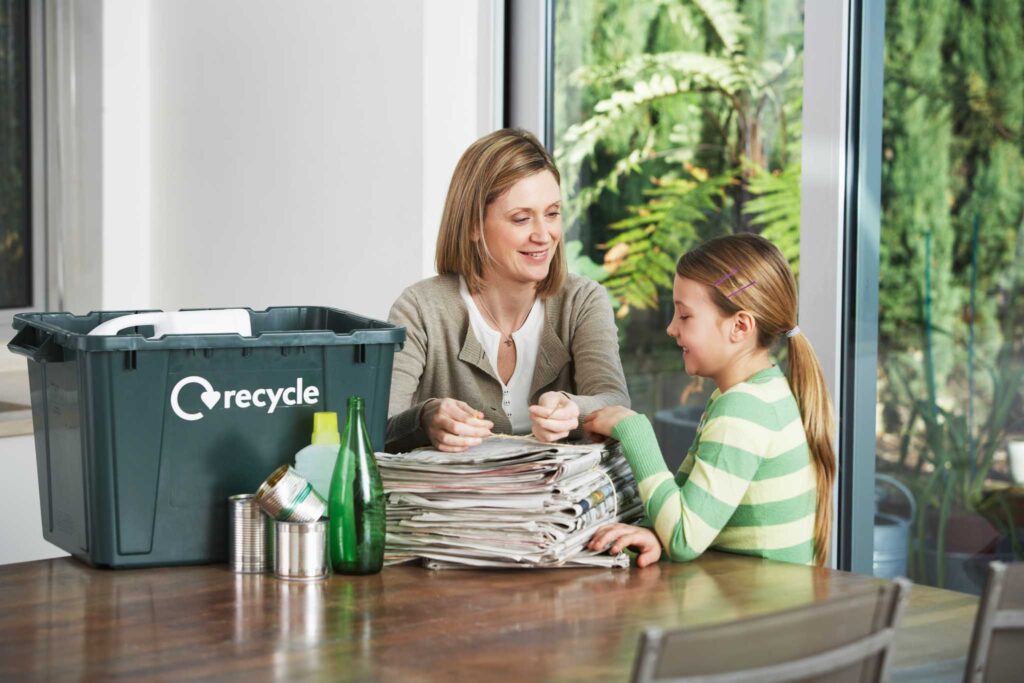The 10+ Rs of Sustainability
Estimated reading time: 10 minutes
We’ve all heard of the three Rs regarding sustainability and the environment – reduce, reuse, and recycle. But some of us may not know that there are FAR more Rs to consider if we want to lead our most successfully sustainable lifestyle. I’ve outlined the 10+ Rs of sustainability for you here so the next time you decide to toss an item, you may be able do find an alternative. Start creating a more sustainable home today!
Why Recycling is Not Enough
Since 1960, the amount of waste generated by Americans has grown by 2.22 pounds per day, from 2.68 pounds to an average of 4.9 pounds in 2018. Some of this increase is actually due to the introduction of recycling programs and services. Consumption and waste have increased over the decades because we buy more when we believe that materials can be recycled.
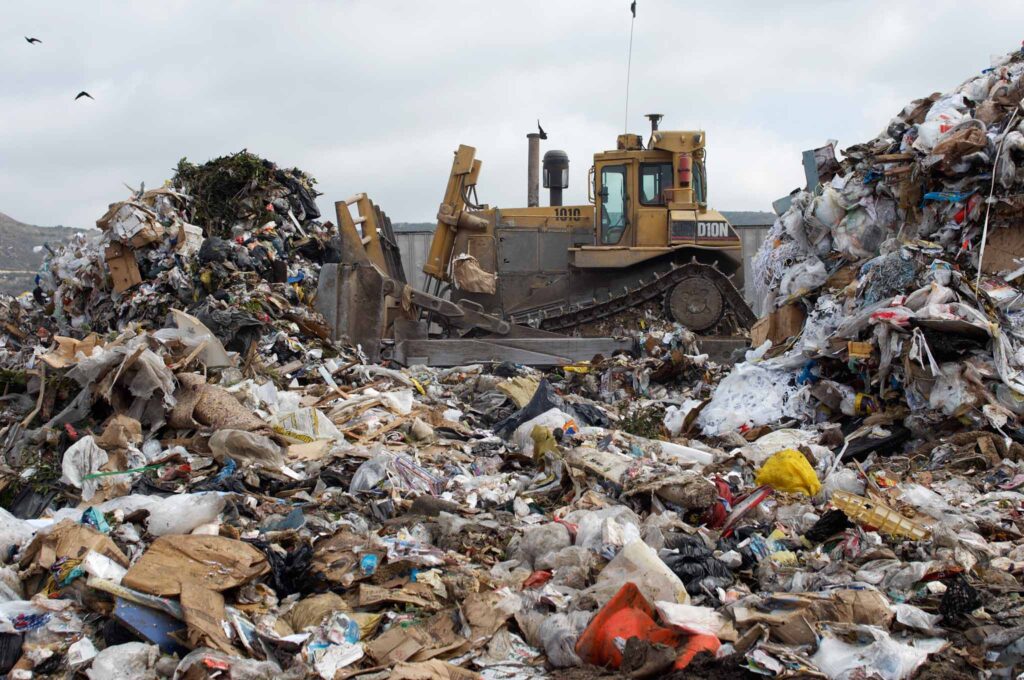
Another issue is that we aren’t recycling nearly as much as you think. According to the EPA, 292.4 million tons of solid waste were produced in the U.S., with only 69 million tons recycled. Despite our recycling efforts, there is clearly something wrong with the system. Materials that should be recycled are still ending up as waste in landfills. Not to mention that all those cardboard boxes, plastic bottles, and paper require energy, usually from fossil fuels, to recycle.
So, how do we do better? Consider the following Rs the next time you decide to trash an item!
Sign up for our newsletter here and we’ll send you a free copy of our “Ultimate guide: Understanding Sustainability!”
Introducing all the “r”s
1) Respect and Responsibility
Developing a healthy respect for the environment in ourselves and others is the first building block to living a life with an eco-friendly focus. We must take responsibility for the part we play in maintaining the planet’s health if we are to create a better world for everyone. By narrowing our personal consumption and focusing on a circular economy, we can keep waste out of landfills (or cease its creation altogether!)

2) Rethink
Changing the way we think about our consumption is key if we are going to embrace a future of waste reduction. We have been conditioned by the media, society, neighbors, parents, and schools to believe that more equals better. Rethinking what is truly necessary and learning to care more about the planet than what others may think about us or our lifestyle will lead to a more sustainable future.
3) Reduce
The biggest positive impact on the environment can be made by reducing our consumption of goods and materials. When we consume only what we truly need, we minimize waste, and the energy needed and emissions released to make all those excess products are also saved. This is why reducing the amount of “stuff” we buy is the next step. AND it will help you be sustainable on a budget!
4) Refuse or Resist

Refusing and resisting takes the “R” of reduction to the next level. Minimalists have mastered this “R” of mindful consumption. When we refuse to buy or use essential items that are not sustainable, like single-use plastics or synthetic fibers, we are being forward-thinking to reduce waste in the long term. There are many alternatives to buying new products from a business or company that doesn’t consider sustainability. By refusing to buy from these companies, we send a message to the world that we demand better.
5) Reinvent
Coming up with new processes, methods, and actions that decrease our impact on the earth is crucial to reversing some of the damage consumerism has done. New ideas for energy accumulation, waste management, and a circular economy should be at the forefront for organizations, manufacturers, and businesses. We must also encourage and support enterprises paving the way in this area to make these new, innovative, and eco-friendly ways the norm.
6) Reuse
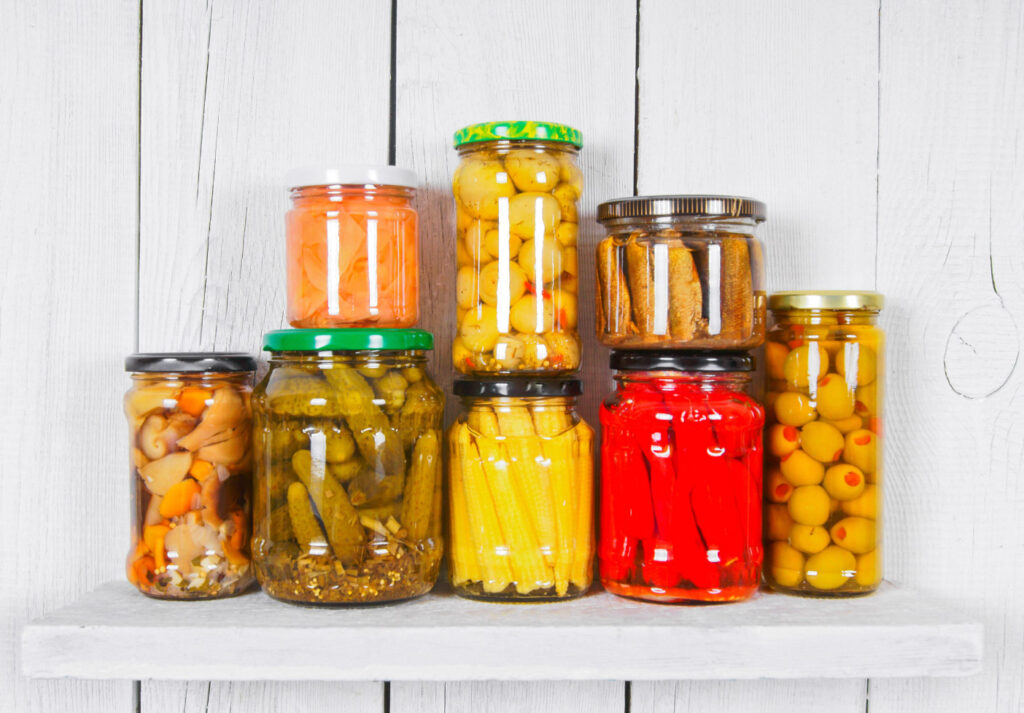
When we reuse items rather than throwing them away, we can reduce waste and practice resource conservation by not making new products. An example might be reusing glass jars as containers for leftovers or buying essential items used from a second-hand store rather than new ones. Thrift stores are now in fashion, and every item we reuse is one saved from the landfill!
7) Repair or Restore
We’re all guilty of discarding something broken and buying a new replacement. Often it’s for convenience, and sometimes it costs less money than repairing or restoring the object to its original condition. Something to consider, though, is whether or not we want to be part of a throw-away culture. Some good examples of repairing are fixing home appliances, clothing, and electronics. We can also think about restoration in an ecological sense – like restoring the native flora in a park or even your own backyard. If you cannot repair or restore something yourself, hire someone, and you’ll also be supporting the local economy!

8) Refinish or Refurbish
Similar to restoring, refinishing or refurbishing something brings back the original value the product was made for. The item may not be broken per se but needs a little TLC to give it a new life and place in your home. Refinishing furniture has become quite popular and allows you to create pieces that fit your personal style and decor. Other refurbishing possibilities arise in the fashion industry, where we can re-dye articles to bring back their vibrancy or cover stains.

9) Repurpose
This is my favorite of all the 10 Rs of sustainability! Finding a new purpose for items allows your creativity to come alive. Repurposing objects and materials to create new, alternative, and more valuable items is also known as upcycling. Some examples might be turning a broken tent pole into a windchime or making throw pillow covers from old t-shirts as I did here!

10) Refill or Replenish
When containers run out of contents, we typically trash, recycle, or reuse them. But what about refilling them instead? Many businesses have developed refill models and services, such as bring-your-own-container bulk food stores and cosmetic products refill stations.
11) Regift
Just because an object or item collecting dust is no longer useful for you doesn’t mean someone else might not appreciate it! Clean it up, make minor repairs if needed, and share it with a friend or family member who would enjoy it. Or, donate it to a shelter or other charity that will help find a new owner!

12) Rebuild or Remanufacture
When something is beyond repair, we may still be able to use its parts to rebuild another of its kind. Remanufacturing involves using scrap parts to remake or repair products, saving those components from being destined for the landfill. A good example of remanufacturing is the automobile industry, where viable parts from old vehicles can be used to rebuild new ones.
13) Return
If you’ve borrowed something, make sure you return it! Save the cost of production and materials needed to replace the item by the owner. For example, make an effort to return your library book or tool that you borrowed from your neighbor! You can also return bags, boxes, and packaging to the store where you make purchases to be reused.

14) Replant or Rot
When organic waste breaks down in a landfill, covered in layers and layers of other garbage, the process is anaerobic (without oxygen). The microorganisms that break down the organic materials in this way produce and release harmful greenhouse gases such as methane and carbon dioxide. Landfills account for 20% of the methane emissions in the U.S.
Composting at home or a facility through public service in your city can eliminate the organic materials in our landfills. There are also so many surprising things you can replant to regenerate – check out this article to learn more!
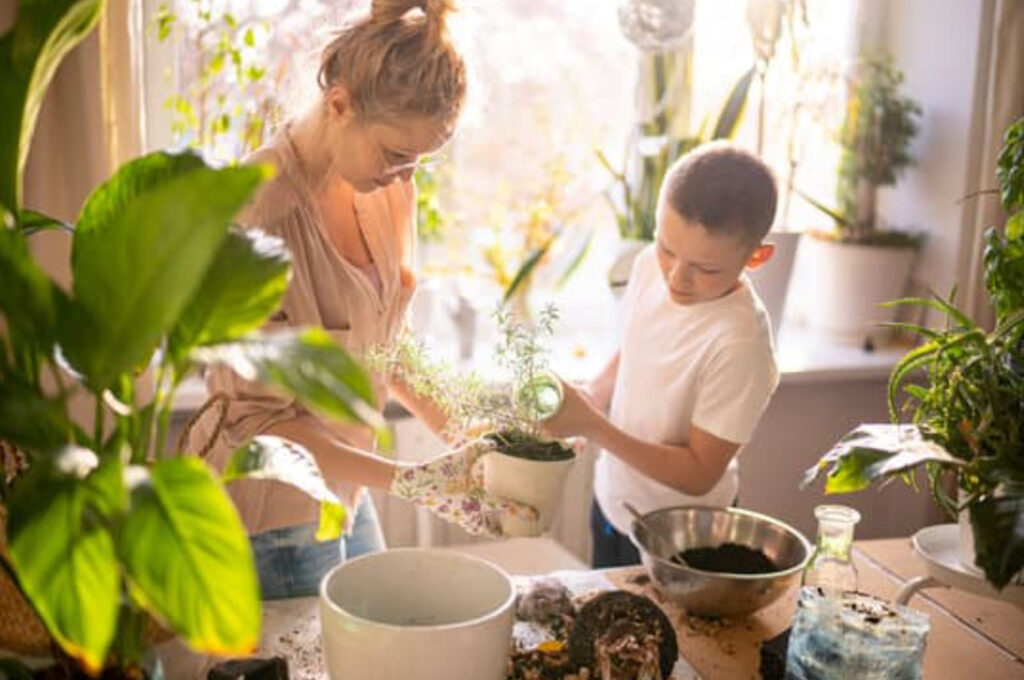
15) Recycle
When all else fails, let’s hope the material you’re left with is recyclable! We all know that aluminum, paper, tin cans, cardboard, and plastics can “usually” be recycled, but you should still learn how the recycling program works in your city. Do a quick search of your city’s municipal services page to find more information.
16) Recover
If a material does not fall into any of the Rs above, it may still hold some value in the form of energy recovery. For example, although it should only be considered a last resort, incineration can produce energy to power other things.
17) Reach Out
Last but certainly not least, pass on the wisdom! Encourage your family, friends, and colleagues to consider all of the Rs before deciding something no longer holds value. Make planet-friendly suggestions to the businesses you frequent and help them incorporate more eco-friendly practices if they are interested. You’d be surprised how many of us want to be more environmentally friendly but don’t know where to start.
Help someone take that necessary first step to green living!
final thoughts
Next time you destine something for the recycling bin or the trash, take a scan through this list of other 10 Rs of sustainability and see if there is another way! Remember, the best and easiest way to reduce our waste is to practice responsible consumption and make eco-focused choices in our purchases and to live a more minimalist lifestyle!
Every journey begins with just one step, and the path to sustainable living is not different.

